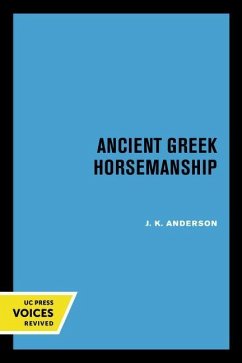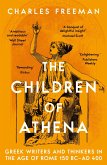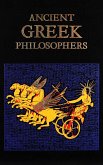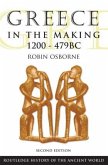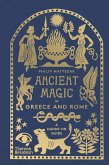In ancient Greece, the arrival of the horse marked a turning point in military and cultural practices, introduced initially by invaders who relied on the animal for their chariots. Unlike the regions of Asia and Egypt, where chariot warfare flourished on vast plains, Greece's rugged terrain and limited pasture made widespread chariot use and horse breeding challenging. The imported horses were generally small, spirited animals suited to the compact plains of Greece and the needs of the noble classes who primarily maintained them. Greek mythology and early art reflect this special status; horses appear often in scenes of hunting or chariot racing, as seen in Mycenaean seal stones, but rarely in depictions of mounted riders, indicating that horseback riding was still uncommon. Over time, as grazing land limitations persisted, many horses had to be imported from more fertile regions, and domestic breeding was confined largely to a wealthy elite. By the 8th century B.C., significant changes began to reshape Greek society, military tactics, and horsemanship. Influences from Mesopotamia, Asia Minor, and Egypt--combined with internal shifts--pushed Greek warfare from noble chariot duels toward phalanx-style infantry combat, accessible to a broader social class. Additionally, the reintroduction of eastern goods, the Phoenician alphabet, and orientalizing art motifs sparked a cultural renaissance that coincided with Greece's expanding use of horses, now more often as mounts. This shift toward horseback riding gained public interest, exemplified by the establishment of mounted horse races at the Olympic Games in 648 B.C. Yet, even as riding gained popularity, the skill remained secondary to the noble class's dedication to the chariot; horses, whether ridden or driven, continued to symbolize status and power in Greek society, a tradition that shaped the evolution of horsemanship in classical Greece. This title is part of UC Press's Voices Revived program, which commemorates University of California Press's mission to seek out and cultivate the brightest minds and give them voice, reach, and impact. Drawing on a backlist dating to 1893, Voices Revived makes high-quality, peer-reviewed scholarship accessible once again using print-on-demand technology. This title was originally published in 1961.
Hinweis: Dieser Artikel kann nur an eine deutsche Lieferadresse ausgeliefert werden.
Hinweis: Dieser Artikel kann nur an eine deutsche Lieferadresse ausgeliefert werden.

